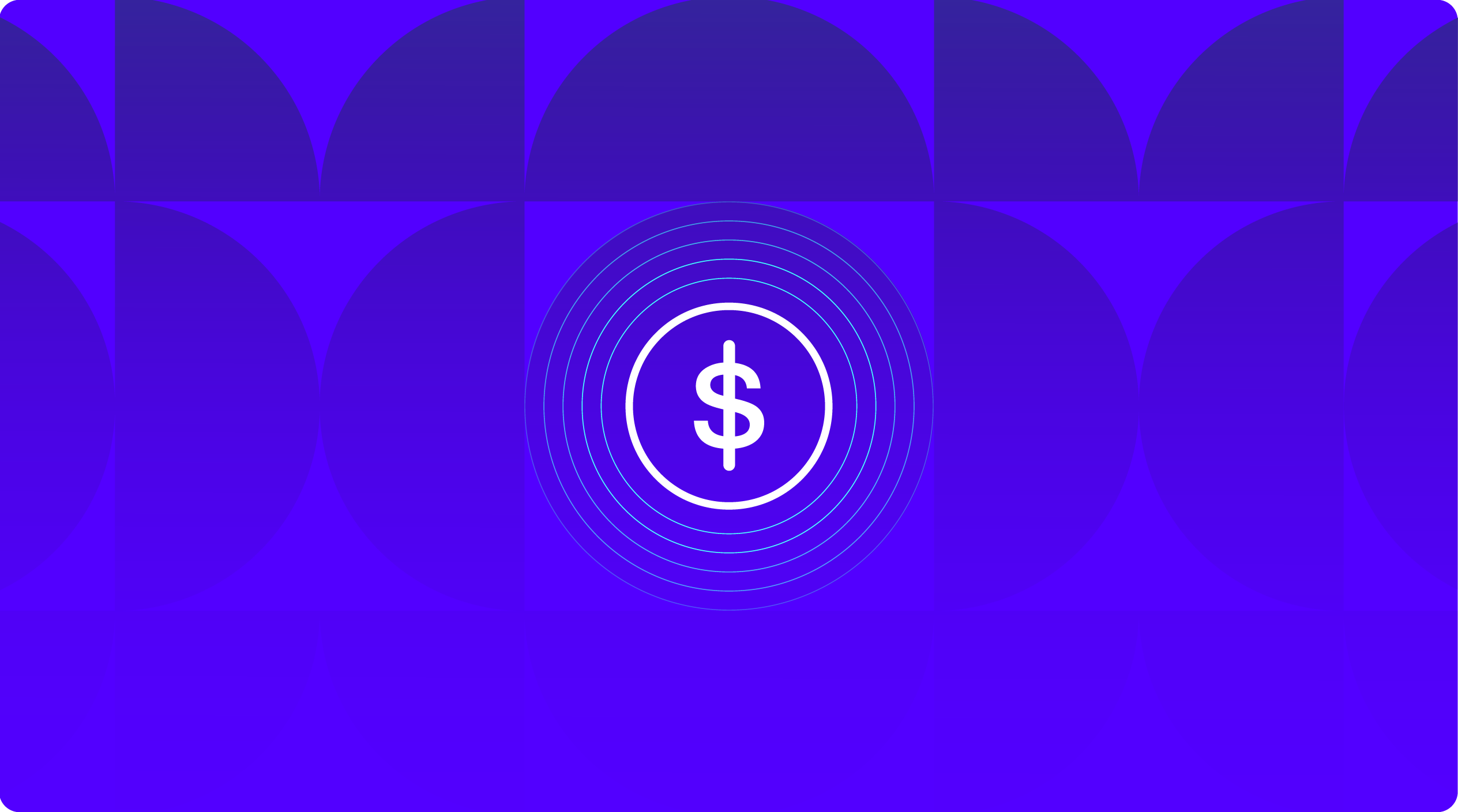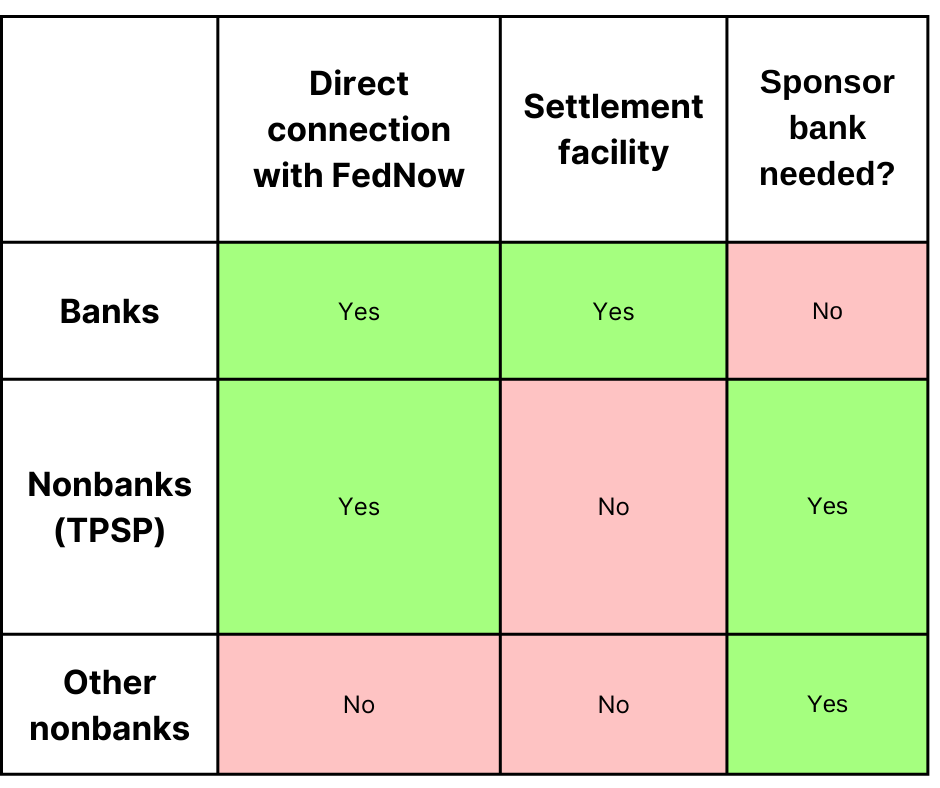
When Banks Merge, Payments Get Messy. Here’s How to Keep Them Moving.

The last few weeks have seen much hubbub about nonbank participants wanting to be direct participants of the FedNow network. Members of the Financial Technology Association, which represents fintechs including Block, Marqeta, Stripe and Wise, among others, are keen to bypass sponsor banks and directly access the instant payments service on the FedNow network.
Here are some top questions answered to appreciate the pros and cons of the current situation.
At present financial institutions that are eligible to hold accounts at Federal Reserve Banks can directly connect or access the network through a service provider. Banks of all sizes, in turn, can offer the service to the through the communities they serve, ensuring a nationwide scope.

In other geographies where instant payments have been around for a while, nonbank Payment Service Providers can open settlement accounts, become settling participants in payment schemes settled by the central bank, including instant payment schemes. The central banks emphasize that this arrangement helps to increase competition and innovation, expanding the range of electronic payments settled on these payment networks.
In a nutshell, this is the process that nonbank service providers adopt to become direct settlement participants in other countries.
Supporting ambitions for a more level playing field in payments, the UK amended its Banking Act and regulations around settlement accounts to help nonbanks access instant payments without having to partner with a bank. As a result, fintechs like TransferWise and Modulr have been able to settle into their own settlement accounts held at Bank of England.
Nevertheless, we cannot make an apple-to-apple comparison between the banking landscapes of the US and UK. There is a marked contrast in the number of banks under the tutelage of the instant payment scheme. While the UK only has 40 banks and nonbanks connected to the Faster Payment System, the US FedNow network is available to more than 10,000 institutions. A scale of 250x warrants more preparation by regulatory bodies, FedNow and the central bank to ensure that the risk profile of the financial infrastructures is not increased excessively.
This is an eyeopener for more banks to rise to the occasion and participate in the instant payment network as direct or indirect participants. Any delay in FedNow adoption is bound to open the perimeters of instant payment infrastructure and settlement accounts to nonbanks. Well, they too have a case to reduce the systemic risks from only a handful of banks hosting the indirect nonbank participants!
